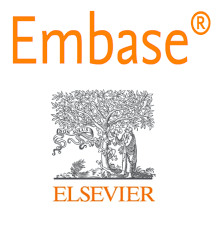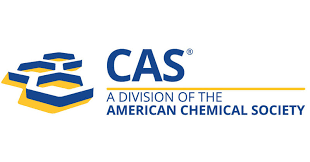THE ROLE OF RADIOLOGICAL IMAGING (CT SCAN) IN THE DIAGNOSIS AND TREATMENT OF UROLITHIASIS: A CLINICAL STUDY
Keywords:
Urolithiasis, CT scan.Abstract
Background: Urolithiasis (urinary tract stones) is a prevalent urological disorder causing significant morbidity. Timely and accurate diagnosis is crucial for effective treatment. Non-contrast computed tomography (NCCT) has emerged as the gold standard in imaging for urolithiasis. Objective: To assess the diagnostic efficacy of CT scans in detecting urolithiasis and its impact on treatment decision-making. Methods: This observational study included 36 patients clinically suspected of having urolithiasis. All underwent NCCT for diagnosis, and findings were correlated with clinical outcomes. Demographic and risk factor data were also analyzed. Results: CT scans detected stones in 32 (88.9%) patients. Stone location, size, and number were accurately identified. The most common site was the ureter (53.1%), and the most frequent risk factors were low fluid intake and high salt consumption. CT findings guided decisions such as conservative management, lithotripsy, or surgery in 94.4% of cases. Conclusion: CT scan is highly effective in diagnosing urolithiasis and plays a vital role in guiding appropriate treatment strategies.
.png)









